These majestic feline titans aren’t just big. They’re massive. When you own one of the largest cat breeds, your feline companion will surely intimidate any dog that comes its way. Their substantial weight and impressive stature make for a striking visual statement, turning heads and sparking conversations among visitors. While they may require a bit more space and a sturdier scratching post, the sense of pride and delight that accompanies having a cat this big as a companion is unmatched. Meeting your cat will become a story people tell their friends.
When it comes to feline friends, some of us crave purrs of epic proportions. Enter the majestic realm of the largest cat breeds, where gentle giants like Maine Coons and Siberian Forest Cats reign supreme. These magnificent creatures offer cuddles on a grand scale, but their size comes with unique needs.
How to care for a large cat:
Owning a large cat isn’t just about the awe-inspiring size; it’s about providing specialized care that caters to their specific requirements. Here are some key considerations:
- Supersize Their Space: Regular scratching posts won’t do. Invest in tall, sturdy scratching structures that can accommodate their impressive vertical leaps. Consider cat trees with multiple levels and platforms to provide ample room for climbing and lounging.
- Fuel Their Feline Furnace: Larger felines have bigger appetites. Choose a high-quality cat food formulated for larger breeds, ensuring it meets their nutritional needs for growth and activity.
- Litter Box Logistics: Standard litter boxes might feel cramped for these giants. Opt for extra-large litter boxes with high sides to prevent spills and messes. Consider multiple litter boxes placed in convenient locations throughout your home.
- Embrace the Mane: Many large breeds boast thick, luxurious coats. Regular brushing and grooming are crucial to prevent matting and hairballs. Invest in grooming tools designed for long or thick fur, and establish a consistent brushing routine.
- Playtime Goes Big: Don’t underestimate the athleticism of these gentle giants. Engage them in active playtime with large toys like wand toys, feather teasers, and interactive puzzles. Encourage their natural instincts with climbing opportunities and hiding places to explore.
Remember: Owning a large cat is a rewarding experience, but it requires dedication and understanding of their specific needs. By providing them with ample space, proper nutrition, specialized care, and engaging activities, you can ensure your colossal companion thrives.
Ever wondered which cat breed holds the title for the world’s largest cat? StudyFinds has created an amazing list of the largest cats, based on which breeds were most mentioned across 10 expert lists. What was the biggest cat you’ve ever seen? Let us know in the comments!
➡️ How Our “Best Of The Best” Lists Are Created
StudyFinds’ “Best of the Best” articles are put together with the idea of taking the work out of common consumer research. Ever find yourself searching for a product or service on Google and reading multiple reviews to find items listed across many of them? Our Best of the Best lists are created with that process in mind, with each item ranked by how frequently it appears on expert reviews or lists. With Best of the Best, you are getting consensus picks — making them truly the best of the best!
The World’s Largest Cats, According to Feline Experts
1. Siberian
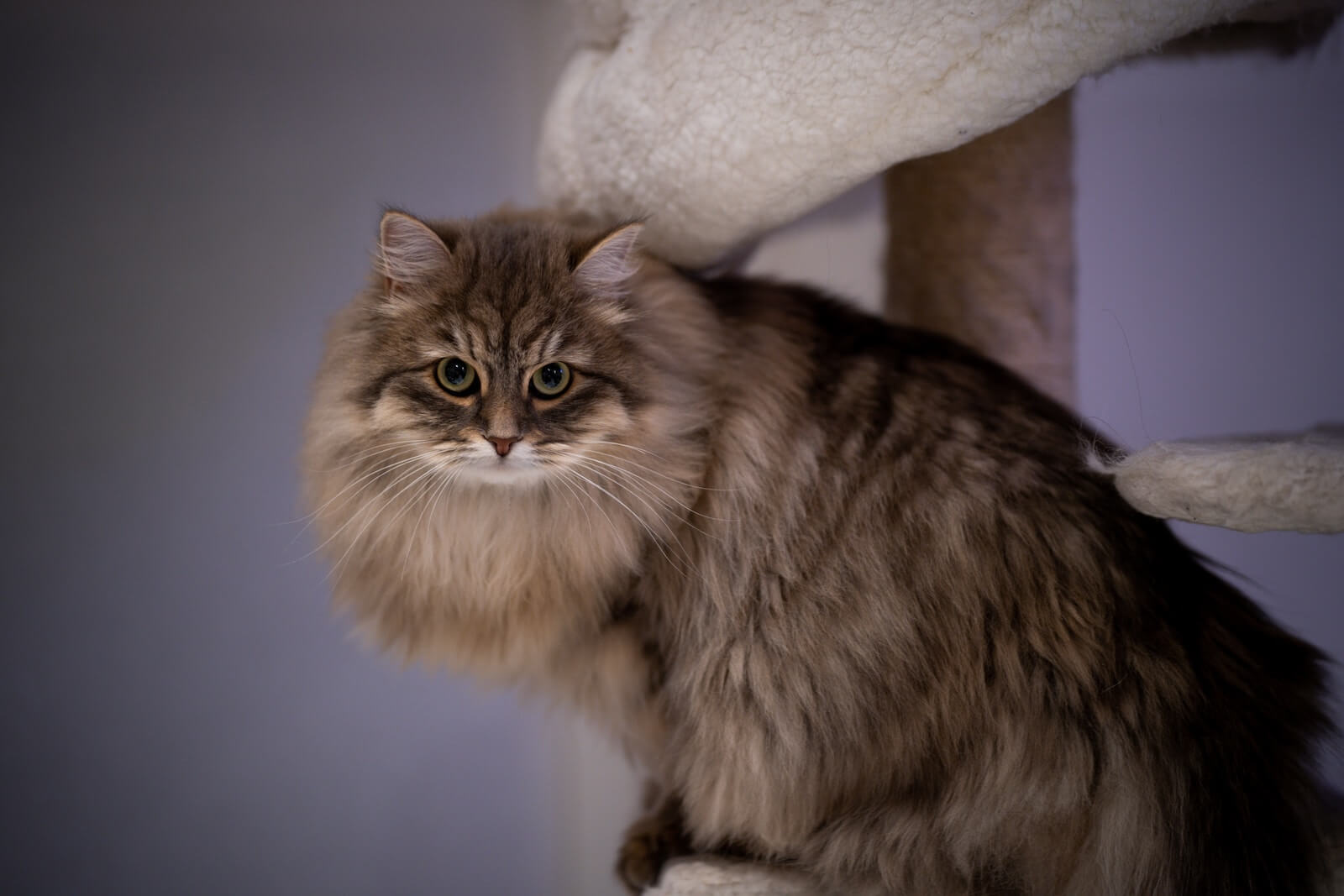
For over a thousand years, Siberians have captivated humans with their graceful charm, as noted by VCA Animal Hospitals (Four Paws). Trupanion mentions that this ancient Russian breed, only arriving in the U.S. in the 1990s, excels in obedience training, ranking among the smartest and most composed felines. Despite their luxurious triple coat, they’re considered hypoallergenic due to lower Fel d 1 levels. Their beautiful colors range from fiery reds to calming blues.
Beyond their imposing size, Siberians, also known as Siberian Forest cats, boast a fascinating history. Evolving naturally in Russia, they might even be related to Norwegian Forest cats, as shared by Trupanion. Adults reach impressive heights of nine to 11 inches, while their fur adds to their grandeur.
Adding to their charm, Siberians have held a special place in Russian culture for centuries, even appearing in fairy tales, according to Rover. Like Ragdolls, they can have mesmerizing blue eyes, sometimes even mismatched. These calm and kid-friendly cats are skilled acrobats, renowned for their impressive somersaults when chasing toys. Whether their size, intelligence, or hypoallergenic nature appeals to you, Siberians offer a unique and rewarding companionship.
2. Norwegian Forest Cat
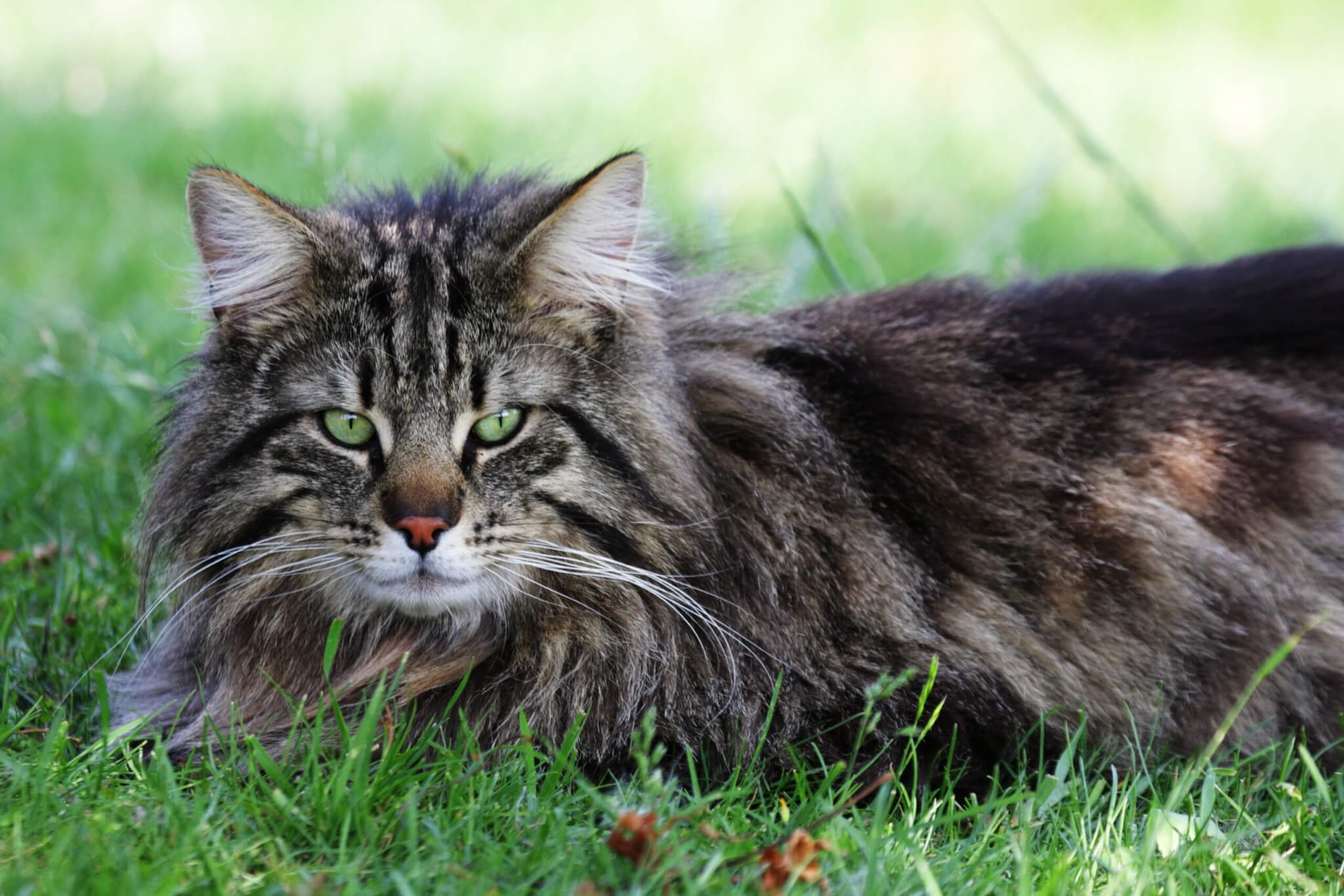
The Norwegian Forest Cat, also known as the “Wegie,” is a robust feline built for the harsh Scandinavian climate. Their thick fur and muscular build earned them a place in Viking folklore as the “Skoggkat,” translating to “forest cat.” Owners adore their playful and interactive personalities, but be warned: spring brings “shedding season” for these furry friends, so an extra comb might be necessary (Rover).
In terms of size, the Norwegian Forest Cat packs a punch. Ranking fifth amongst the world’s biggest domestic breeds, they can reach a whopping 22 pounds, according to Science Focus. Their thick fur, reaching up to four inches long, adds to their impressive stature.
Sharing a common ancestor with the majestic Maine Coon, the Norwegian Forest Cat is another contender for the “biggest cat” title. Reaching a height of 9-12 inches when fully grown, their fluffiness further amplifies their size. Norse mythology even elevates their status, portraying them as the chariot-pulling companions of the goddess Freyja and so large that even Thor couldn’t lift them (Trupanion).
3. Chausie
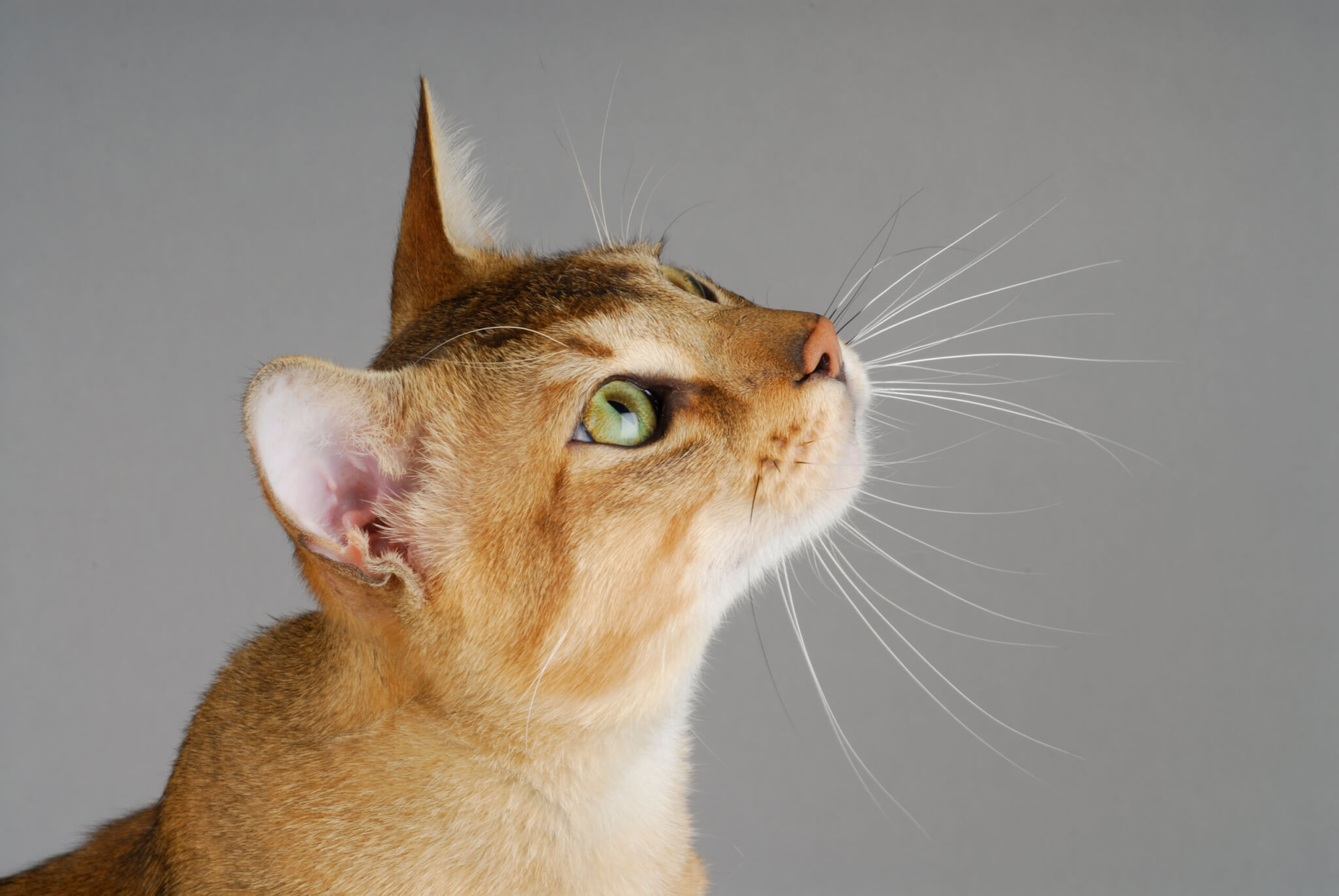
Despite their “wild cat” looks, Chausies aren’t quite the giants internet rumors would have you believe. While their jungle cat ancestors reached up to 35 pounds, breeding with domestic cats has resulted in a smaller, more manageable size. This trend of decreasing size in later generations is common for hybrid cats (A-Z Animals).
However, don’t underestimate their presence! With a potential height of 18 inches and a healthy weight up to 25 pounds, Science Focus says Chausies are undoubtedly larger than your average house cat. Their long legs and adventurous spirit make them a captivating sight, but their active nature and dislike for solitude mean they’re best suited for experienced cat owners.
While not quite the internet’s 30-pound behemoths, Chausies still offer an impressive and cuddly package. Their long, lean bodies and wild-tinged appearance, a legacy of their jungle cat ancestry, make them truly unique companions.
4. Maine Coon
Unlike many large cats, Maine Coons haven’t been mixed with wildcat ancestors, but their impressive size comes naturally. Stretching over three feet from nose to tail and tipping the scales at over 24 pounds on average, they dwarf most feline friends (Omlet). According to A-Z Animals, Even bigger kitties can reach 30 pounds or 38 inches long, rivaling the height of a young child! (A-Z Animals).
The record-breaker, Stewie, even earned himself a Guinness World Record at a staggering 48.5 inches long (Science Focus). But size isn’t everything for these gentle giants. They’re prized for their fluffy coats, pointed ears, and laid-back personalities, making them popular companions despite their impressive stature. So, if you’re looking for a feline friend who makes a big statement, the Maine Coon might just be the purrfect fit.
5. Ragdoll
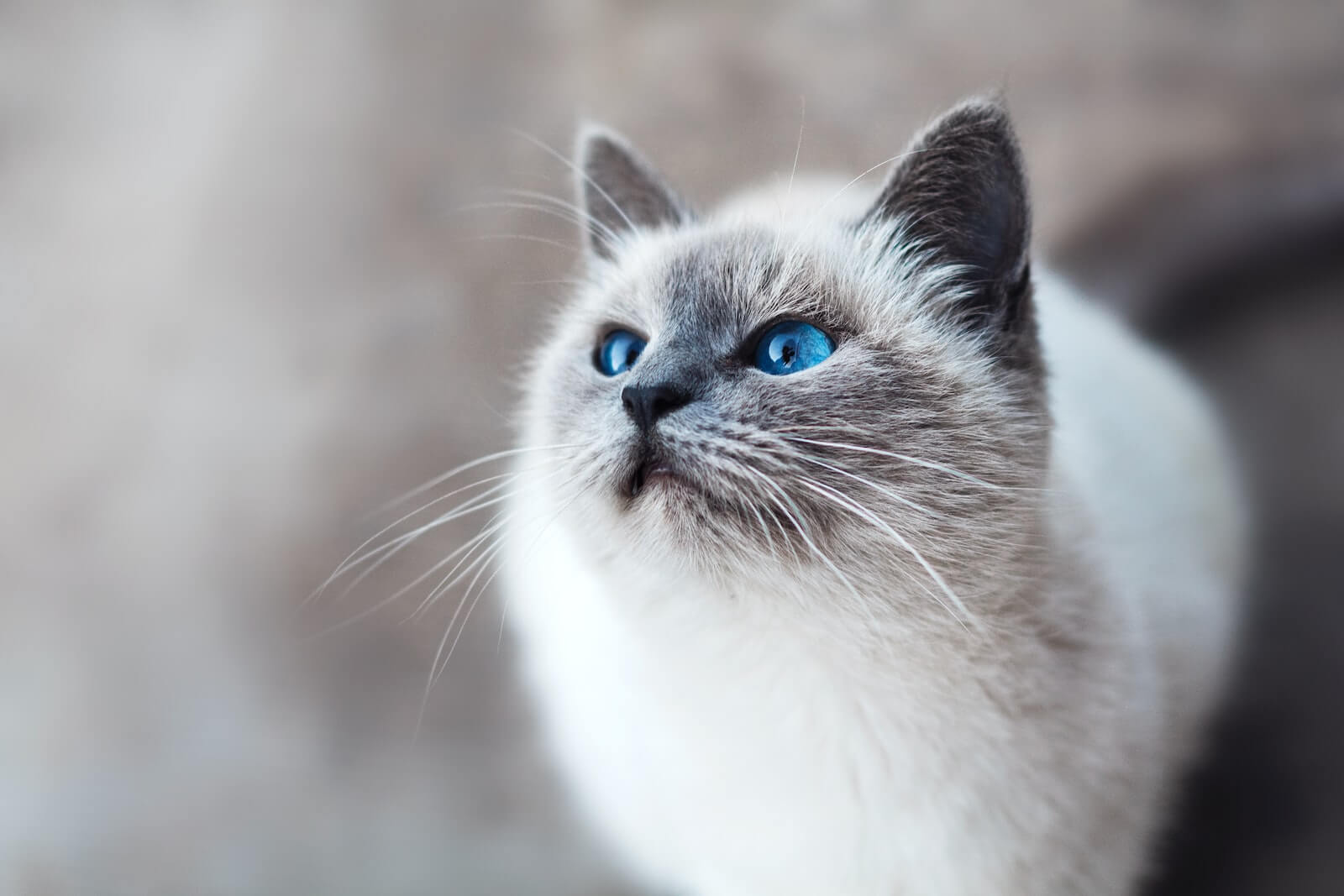
The Ragdoll, named for its tendency to relax limply in your arms like a rag doll, is a gentle giant known for its affectionate and cuddly nature. While the exact origins of the breed remain shrouded in mystery, with tales of CIA involvement even circulating, one thing is clear: their popularity has soared since their emergence in California during the 1960s. Officially recognized by the Cat Fancier’s Association in 2000, Ragdolls have won hearts with their docile personalities and family-friendly demeanor (The Spruce Pets).
Prepare to be swept off your feet (quite literally!) by the sheer size and floofiness of these feline cuddle champions. Ragdolls can tip the scales at a whopping 20 pounds. Males tend to be the real titans, reaching impressive lengths of 21 inches and heights of 11 inches. Their “go limp” behavior when picked up, which gave them their name, further adds to their unique charm. The breed’s history can be traced back to Josephine, a white cat in California believed to be the first Ragdoll, hence the alternative name “Josephine’s Daughter” (Science Focus).
Despite their impressive size, Ragdolls are renowned for their calm and affectionate nature. They are often described as looking like larger, fluffier versions of Siamese cats. While not all Ragdolls exhibit the signature “limpness” when held, it remains a defining characteristic of this gentle giant breed. Compared to the average Siamese, which maxes out at around 9.8 inches and 10 pounds, Ragdolls truly live up to their heavyweight reputation (Trupanion). Whether you’re captivated by their size, their laid-back personality, or their irresistible cuddle factor, there’s no doubt that Ragdolls offer a unique and rewarding companionship experience.
6. Turkish Van
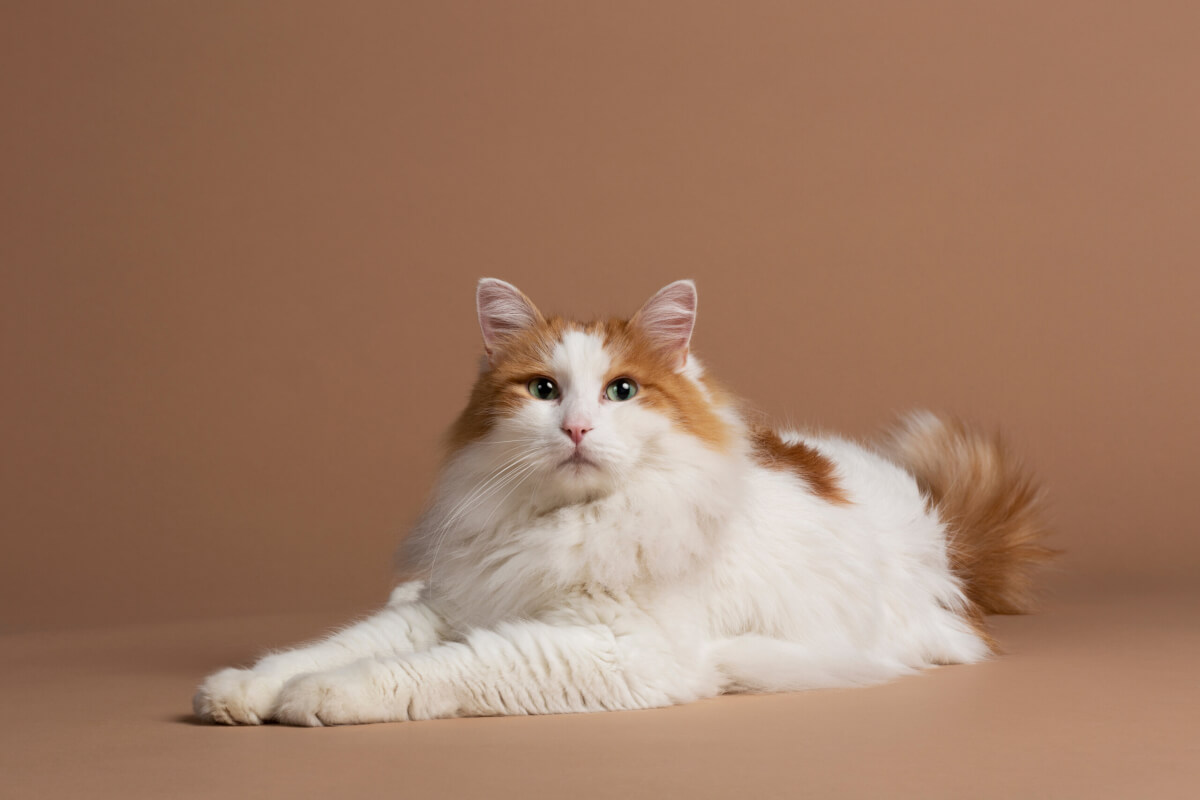
The Turkish Van, often mistaken for the Turkish Angora due to its silky white coat, is a distinct breed hailing from the Middle East. These majestic felines easily earn their spot among the largest domestic breeds, reaching heights of 9 to 11 inches when fully grown, Trupanion writes.
While individual size can vary, Science Focus says that some Turkish Vans weigh as much as 20 pounds, solidifying their impressive stature. They even hold the title of one of the longest cat breeds, stretching up to three feet in length – truly earning the “longcat” title!
Beyond their size, Turkish Vans boast unique personalities. These playful, water-loving felines thrive in various family settings. Their muscular build and long frame contribute to their imposing presence, which continues to develop until they reach full maturity around the age of five. Males can reach a remarkable 20 pounds, while females are slightly smaller at around 12 pounds. Due to their potential size, veterinarians even recommend waiting until one year of age to neuter Turkish Van kittens to ensure proper growth (A-Z Animals).
7. Savannah
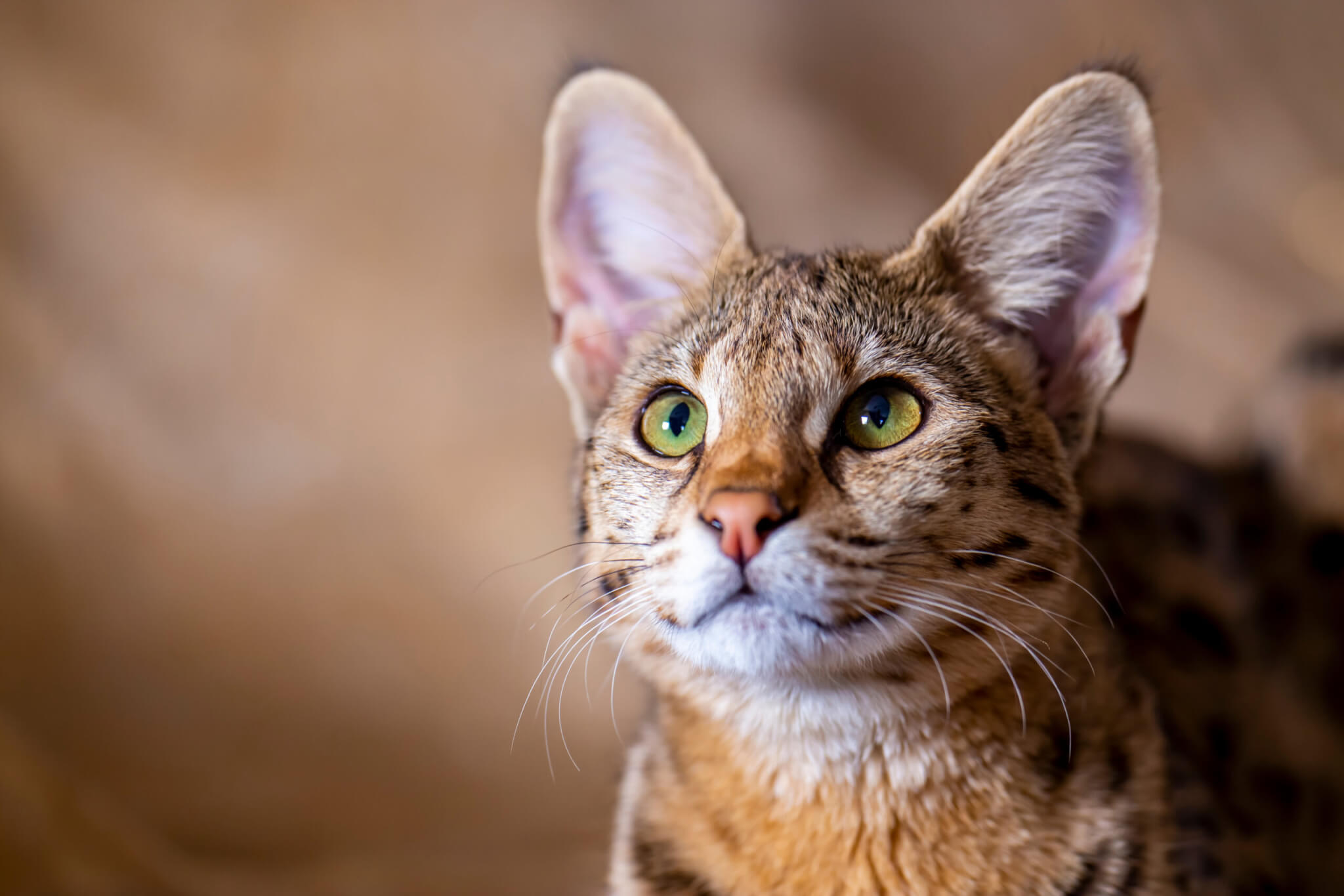
The Savannah cat leaves audiences awestruck with its leopard-like appearance and impressive size. Weighing in at a remarkable 28-30 pounds, these magnificent felines even hold the record for the world’s tallest cat – Fenrir, an F2 Savannah measuring a staggering 18.83 inches tall. Their powerful physiques and playful nature often lead owners to walk them on leashes, blurring the lines between feline and canine companions, Science Focus says.
One Savannah in America boasts a shoulder-to-toe height of 17.1 inches. However, their size hinges on their proximity to their wild Serval ancestors. F1 and F2 generations, with a Serval parent or grandparent, are the true giants, while later generations gradually revert to typical domestic cat sizes (Omlet).
Savannahs mesmerize with their cheetah-like looks. This unique breed features large, pointed ears and a beautiful spotted coat, writes Trupanion. Their captivating size and wild-inspired appearance solidify their place among the most fascinating and awe-inspiring domestic cat breeds. So, if you’re seeking a feline companion who makes a bold statement, the Savannah is the one for you.
You might also be interested in:
Sources:
- Four Paws
- Rover
- The Spruce Pets
- A-Z Animals
- Science Focus
- Omlet
- Trupanion
- Petfinder
- Litter Robot
- Good House Keeping
Note: This article was not paid for nor sponsored. StudyFinds is not connected to nor partnered with any of the brands mentioned and receives no compensation for its recommendations. This article may contain affiliate links in which we receive a commission if you make a purchase.
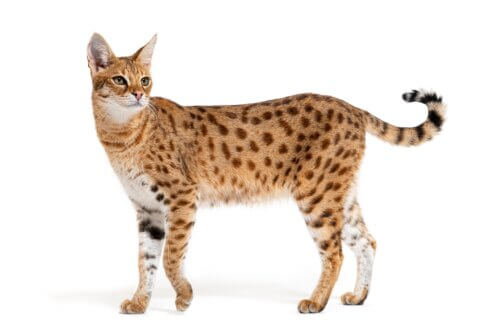
Your Maine Coon looks more like a Siberian. Are you sure that is a MC??
I agree. The face does not look like a Maine Coon. I have a beautiful MC female. They have very distinctive faces.
Also, I am surprised that the Ragdoll did not make this list. My Maine Coon weighs 18 lbs whilst my Raggie weighs 26lbs.
I agree the cat kin the Maine coon photo does not have lynx tips which is something all Maine coons have. It is either a Siberian cat or a Norwegian Forest Cat.